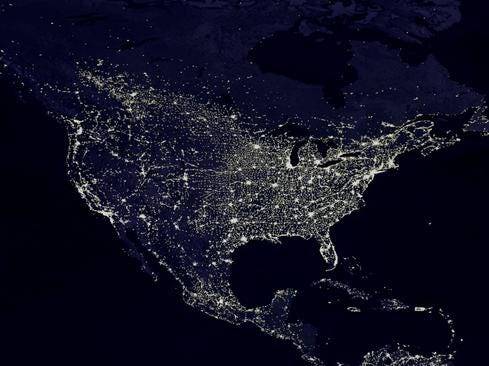IT Jobs Are Hot, Raises Not So MuchIT Jobs Are Hot, Raises Not So Much
IT job growth has been trending ahead of the national average, and remained hot for several months in a row. So, where are all our salary increases?


10 Hot Cities For IT Pros In 2015
10 Hot Cities For IT Pros In 2015 (Click image for larger view and slideshow.)
With a 4.5% unemployment rate, IT workers continue to fare better on the jobs front than the national average, according to the February jobs report from the US Bureau of Labor Statistics. The overall national unemployment rate fell to 5.5% in February, and the US economy added a robust 295,000 jobs last month, showing broad growth and signs of continued recovery.
Despite that great news, the shadow on the jobs report was a lack of wage growth. We’re out of the economic woods, so where are our salary increases?
Data released in late February showed that in 2014 average wages in the US rose 2.4% (3% if you count extra hours we worked). Those numbers are higher than those more than 11,000 survey respondents reported in the information 2014 salary survey. Respondents to our survey reported only a 1.6% salary increase for staffers last year, though managers did get the 2.4% boost the rest of the economy saw. Given that IT workers suffered cuts, layoffs, and wage freezes from 2008 to 2013, you’d think with happy economic times, some salary adjustment was in order.
[ Are your IT skills in demand right now? Read 15 Hot Skill Sets For IT Pros In 2015. ]
Generally, as the number of people who have jobs goes up, the number of people looking for jobs goes down. As the supply of workers looking for jobs goes down, the demand usually goes up because the economy is good. When the supply of something goes down and the demand increases, usually prices go up. Yet, wages (the price of labor) aren’t going up as much as you’d think.
The reason probably comes in another number -- the participation rate. Simply put, that's the percentage of people who could have a job that do. If you are over 16, you qualify for the list.
The participation rate is 62.8% right now (historically low), and hasn't changed much at all in the past year. Pre-recession, we saw participation rates above 66%. Some of that number has to do with Baby Boomers retiring. The number may not actually rise to 66% again until after the Baby Boomers have all died. But, besides the Boomers, there is also a supply of "extra" workers. Some of them left the workforce because they were discouraged. And now they are coming back.
Every time you see the hiring numbers look good, and the unemployment number remain flat or even rise (as it did in January), it indicates that people are coming back into the workforce.
So the reason for lack of wage pressure is simple. There's a secret stash of worker supply: long-term unemployed folks who are trying to come back into the labor force. We should be thrilled for those people, but they are dragging down wages. How long will it last?
Most economists have been predicting wage increase for months. They still are. And, eventually, it will happen. But you may not see it until more like next year. By the time we give jobs to this extra stash of workers that's propping up supply, and then companies realize they have to start competing for workers, we might be into the fall (budget season for most companies).
Obviously, it depends on your situation, but asking for a raise right now might help you beat the rush (here are some ways to increase your IT salary). Or it might make you look foolish. But the job market is starting to switch from one that favors employers to one that favors employees. Watch carefully. If the hiring numbers stay hot, look for demand for your services to increase, and be ready to act accordingly.
Attend Interop Las Vegas, the leading independent technology conference and expo series designed to inspire, inform, and connect the world's IT community. In 2015, look for all new programs, networking opportunities, and classes that will help you set your organization’s IT action plan. It happens April 27 to May 1. Register with Discount Code MPOIWK for $200 off Total Access & Conference Passes.
About the Author
You May Also Like






